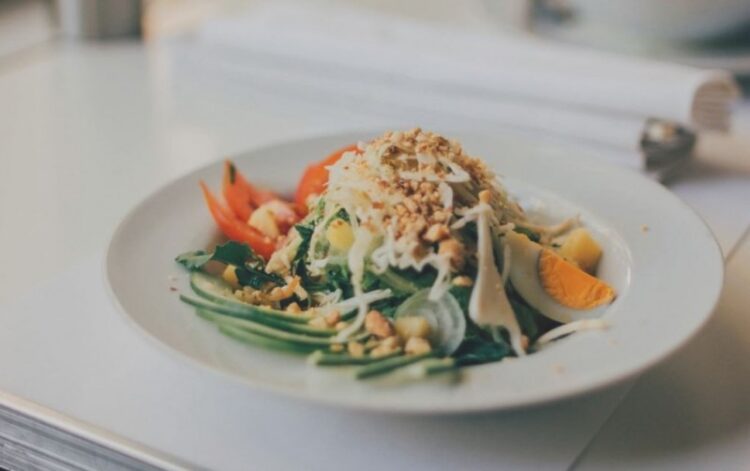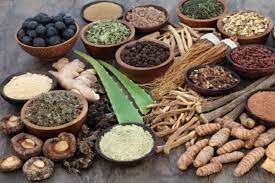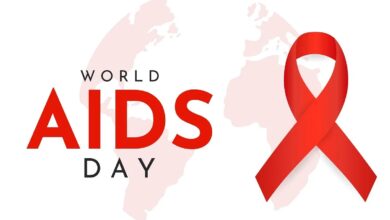Everything You Need To Know About The World’s Deadliest Dish
Food is a common language that bridges cultural divides and unites people. The world’s deadliest meal, however, may be found among the exquisite variety of cuisines from throughout the globe. The most deadly foods that have fascinated and frightened food fans for decades will be covered in this article.
A Deadly Delicacy: Fugu
The Poisonous Pufferfish, Fugu The fatal potential of fugu, often known as the venomous pufferfish, makes it a well-known Japanese delicacy. Tetrodotoxin, a strong poison found in the fish’s organs, may paralyze and cause death if not handled with the greatest care.
Fugu preparation Only certified chefs are authorized to prepare Fugu so that it is safe for ingestion. They must go through extensive training to get rid of the poisonous components while preserving the tasty meat.
The Fugu Thrill Despite the dangers, fugu is a popular experience in Japan since many daring diners want the rush of attempting it.
Casu Marzu: Sardinian Fermented Cheese
A Truly Unique Cheese: Casu Marzu The traditional Sardinian cheese Casu Marzu is distinguished by its unusual production process. Basically, it’s pecorino cheese that has been allowed to ferment with live insect larvae.
The Process of Fermentation Cheese flies in Casu Marzu deposit their eggs in the cheese, and the resulting larvae aid in the cheese’s fermentation by dissolving its lipids. This produces a texture that is soft and spreadable.
Health Concerns and Debate The safety of Casu Marzu has generated debate since it contains live insect larvae. It is still regarded as a delicacy in Sardinia despite any possible health dangers.
Ackee: A Snack on Jamaica’s Peril
Jamaica’s National Fruit: Ackee The national fruit of Jamaica, ackee, is a delicious tropical treat that, if improperly cooked, may be fatal.
toxic elements When eaten unripe, the fruit’s poisonous hypoglycin A may produce Jamaican vomiting sickness.
Suitable Preparation Ackee must be completely ripe and cooked adequately to eliminate the poisonous components in order to be consumed safely.
Korea’s Squirming Delight, Sannakji
Live Octopus from Sannakji In the traditional Korean meal known as “sannakji,” live octopus is chopped into tiny pieces and served right away. Even on the plate, it is still writhing in tentacles.
Chance of choking Eating sannakji may be dangerous because the tentacles’ suction cups can stick to the throat and provide a choking risk.
Cultural Relevance Despite the dangers, sannakji has a special place in Korean culture, and many daring eaters seek it out.
The Seduction of Peril
The Human Interest in Deadly Foods Why do individuals voluntarily eat these dangerous treats? They are drawn in by a combination of curiosity, cultural importance, and the attraction of risk.
Safety vs. Adventure For those looking for culinary experiences, finding the right balance between the excitement of trying something new and the necessity for safety is a continual issue.
There are foods in the culinary world that go beyond what is deemed safe to consume. These lethal delicacies, from the venomous pufferfish of Japan to the live octopus in Korea, have captivated and frightened food connoisseurs for years. Despite how alluring risk might be, it’s crucial to put safety first and depend on trained chefs to make these meals.







